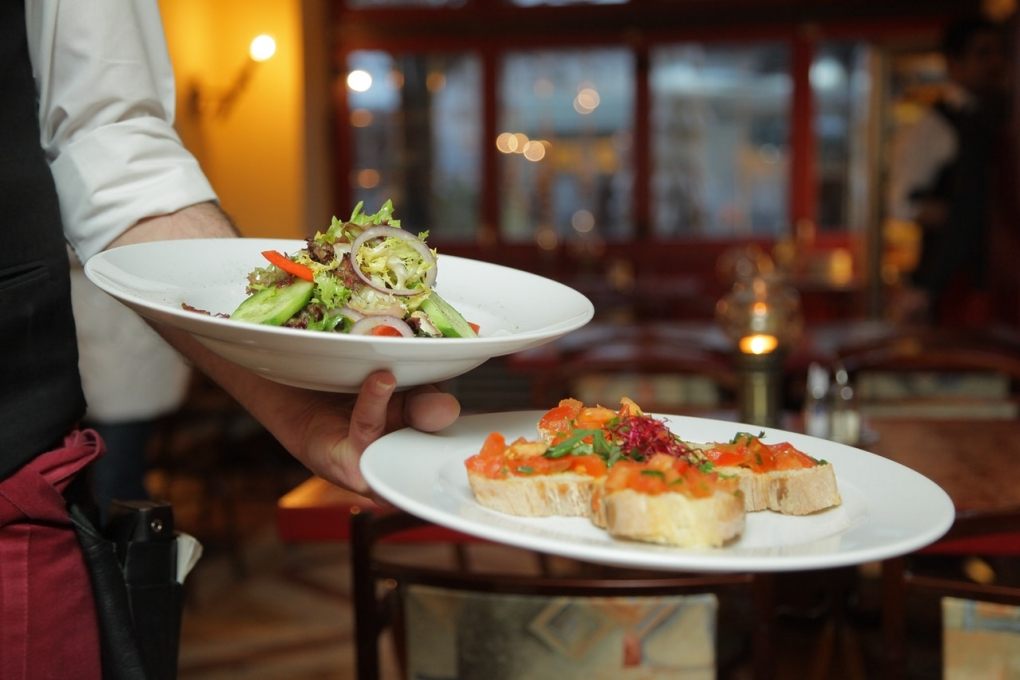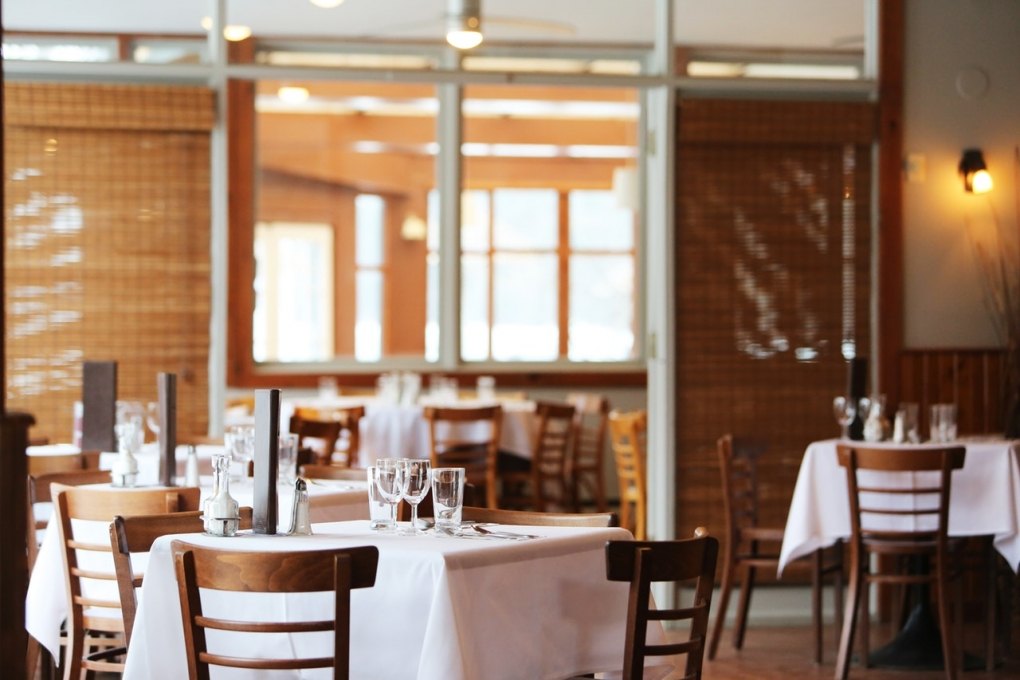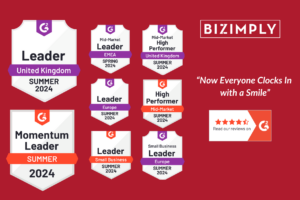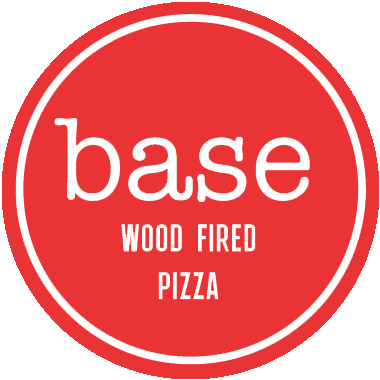As a multi-location restaurant manager, you’re probably already keeping an eye on sales figures and profits for your restaurant. Tracking figures like average check size and the cost of food versus sales are important, but they miss several essential elements. The truth is, the best restaurants track dozens of KPIs to keep things running smoothly.
Key performance indicators can reflect a restaurant’s financial health, customer satisfaction, marketing efforts, management effectiveness and certain operating costs. With KPIs, you can quickly identify any problems in the way you’re running your restaurant, benchmark location performances against each other and share what you’re doing well. Remember the old adage, “what gets measured gets done.”
To discover additional KPIs restaurant managers should be tracking for the optimal running of their restaurant’s, we surveyed dozens of our customers. The following are 5 of the key KPIs top performing managers are tracking. With these five KPIs, you can increase sales and profitability, and make measured adjustments to help your business grow.
1. Sales Per Labour Hour
It is often said that the most perishable resource that any restaurant has is its labour. It cannot be carried over to the next day, unlike an unsold food item. The importance of effectively using every hour scheduled and worked cannot be overstated. The productivity of your staff, whether that’s on the restaurant floor or in the kitchens has a huge impact on the success of the business.
Here’s how to calculate it:
Target SPLH shows the dollar sales per each hour scheduled. To calculate Target SPLH, the sales (per departments) are totalled and divided by the number of hours scheduled.
For example, if your Target Sales for Monday are £2,000 and your scheduled hours are 40, then your target SPLH is £50, or put it another way you plan to schedule 1 hour of work for every £50 in planned sales.
Sales Per Labour Hour = Total Sales/Hours Worked
£55 = £20,000/364
2. Sales Per Head

Here’s how to calculate it:
An easy measurement: sales per head are calculated by dividing the total sales in pounds/euro/dollars by the number of customers.
3. Revenue Per Available Seat Hour
RevPASH stands for Revenue Per Available Seat Hour during a given time. It’s a relatively new KPI, developed by Dr Sheryl Kimes of the Cornell University School. RevPASH is valuable because it includes time as a factor. Similar to the hotel industry, which calculates returns based on RevPAR (revenue per available room), the restaurant industry uses RevPASH (revenue per available seat hour) as a critical figure to help restaurant operators understand how efficiently and effectively each seat in a restaurant generates revenue. RevPASH is a good measurement because it uses time and capacity in addition to average check to paint a bigger picture than just margins or average checks do on their own.
Here’s how to calculate it:
RevPash = Total revenue / Seat Hours
Seat Hours = Number of Seats/Hours Open
For example, if you have a 40 seat restaurant that is open for 12 hours you will have 480 seat hours per day and if your revenue is £4,000 in the day your RevPash for the day will be:
£8.33 = £4,000/480
Improving RevPash:
You should start tracking RevPASH by establishing a benchmark and checking it daily to see if you’re improving. Some managers check RevPASH hourly to differentiate between busy and slow periods.
To improve RevPASH during busy periods, you will need to either raise prices or decrease meal duration. This can be done in several ways. You could redesign your menu, reducing the number of items, so that meals can be prepared and served in a more timely manner. You could examine how quickly patrons are seated and see if there are ways this process could be sped up. You can make sure bills are delivered sooner and payment is taken punctually (without offending your diners), in addition to your tables being cleared and reset faster. With regards to taking orders, you can ensure that orders are sent to the kitchen or bare more efficiently. For practical seating, make sure that your four-seater tables are being used enough to justify having them – you may find it’s time to trade them in for 2 x two-seaters.
To improve RevPASH during slow periods you’ll have to attract more customers or increase the average cheque size. This can be achieved by creating food specials, hiring live entertainers, or having another incentive to entice more customers during off-peak hours. It also pays to develop menu items that accompany each other and train staff on how to upsell, especially during these slow periods.
4. Seating Efficiency
Is it possible you think your restaurant is full when it actually isn’t? If you examine your “busy” restaurant and it is apparent that parties of 2 are seated at a table that holds 4, for example, then that could be a potential issue. If it’s a rare occurrence, that’s one thing, but too many times, and it can cost you money and detract from the guest experience. Seating efficiency—that is, seating the right party at the right table—is important for your bottom line and important to your diners.
Here’s how to calculate it:
Seating efficiency is simple to measure. Manually, count the number of seats filled and divide by the total number of seats available at a specific time across all your locations. While a seating efficiency of 100 percent is most likely not possible, you should aim to create the highest percentage possible without sacrificing the guest experience.
5. Table Turn Time
Simply put, the table turn is the time it takes for a guest to dine, from the time they sit down to the time they leave. It’s important to nail this metric, whether you’re a casual dining or fine dining establishment. For a casual dining restaurant, the faster your table turn, the more money you make. Once you figure your average table turn, you can determine the contributing factors to a great table turn time, and one that needs improvement. From getting the cheque on time to maintaining an efficient kitchen, many contributors comprise this metric.
Here’s how to calculate it:
To manually calculate table turn time, identify a measurement period, then count the number of parties served during that period and divide by the number of tables used. To automatically calculate, use a guest management tool that will automate the entire process.
Another KPI restaurant managers should be tracking is their labour cost percentage. Labour is a huge expense for restaurants and small improvements can mean a huge difference for savings. For a detailed guide to controlling your restaurant labour costs, download our free eBook today! Whether you manage 1 or 100 locations, this eBook can serve as your essential guide to better managing your labour costs, step by step.


















